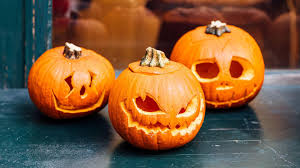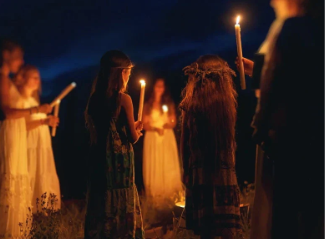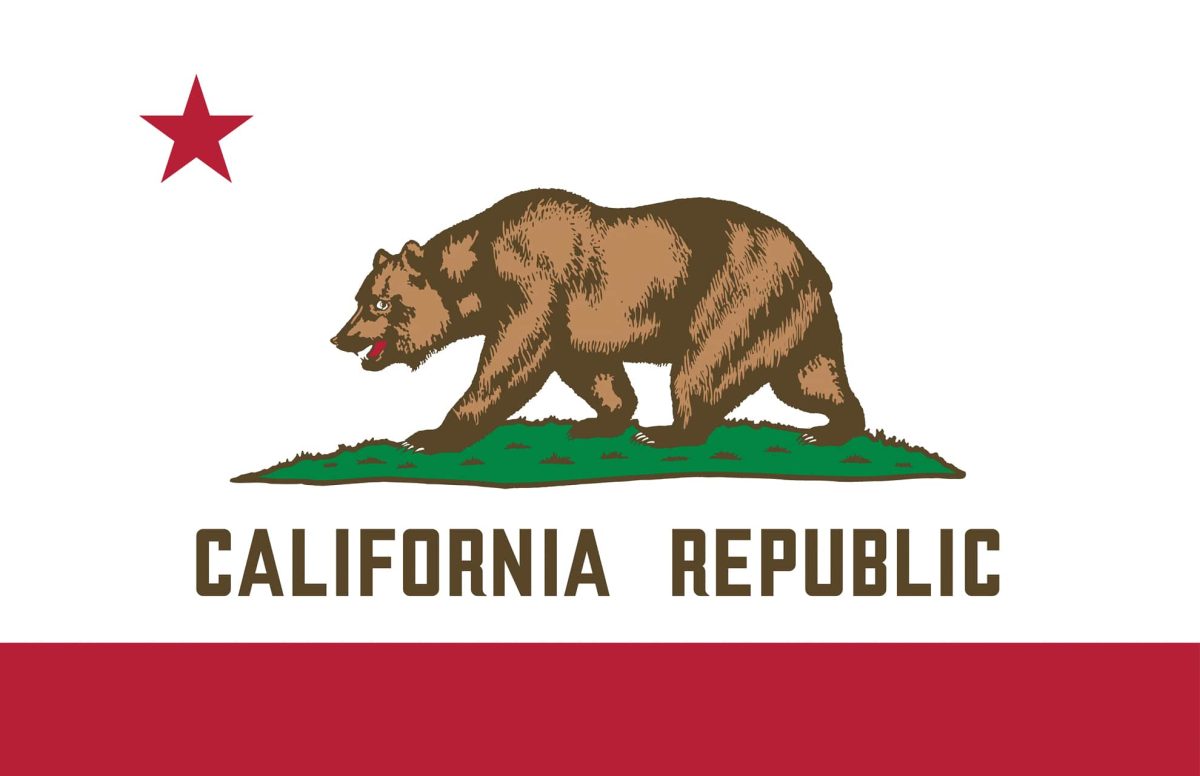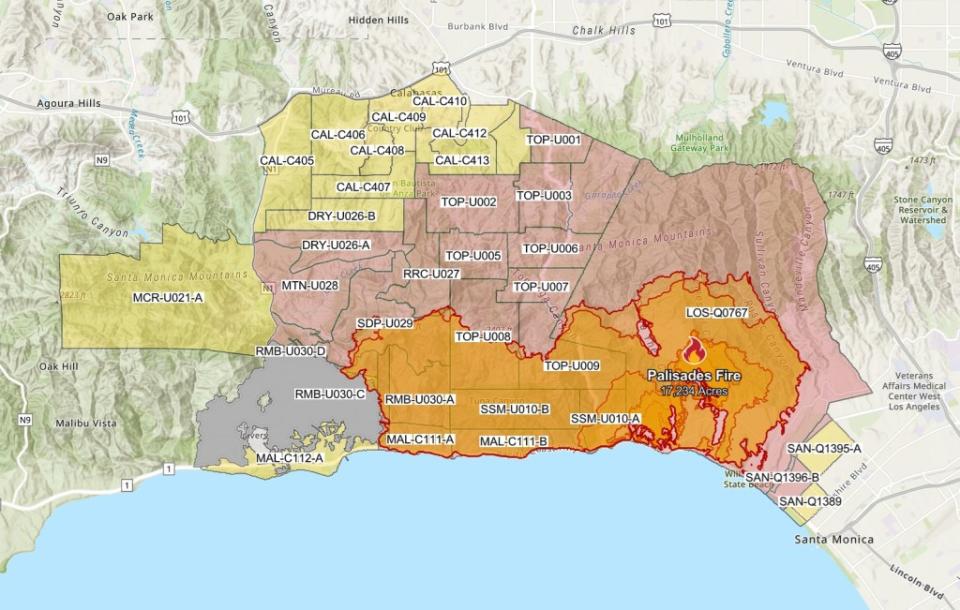Over 140 million people carve pumpkins each year, and most likely, you do too, but have you ever wondered why they were invented and who invented them? Well, they were actually first invented by the Irish living in rural Ireland in the 1800s as a way to ward off evil spirits.
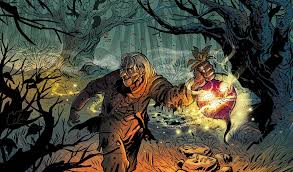
In Irish folklore, there is a story about a man named Stingy-Jack who tricked the devil by convincing him to transform into a coin, so he could pay for the drinks, but Stingy-Jack decided to keep the coin that the devil transformed into, and he put it in his pocket next to a cross, so the devil could not escape. Stingy Jack only let the devil out after he made him promise not to bother him for a year. This is why he got his name. A stingy person is ungenerous and does not like to pay for things, like Jack not paying for the drinks but tricking the devil instead. A year later, he tricked the devil again by convincing him to climb a tree, but when the devil got to the top, Jack carved a cross into the tree, so the devil could not get down. Jack made the devil promise not to bother him for 10 more years, and the devil agreed. Stingy Jack died soon after, but god did not want a trickster like Stingy Jack in heaven, and the devil honored his promise not to bother Stingy Jack, so he was sent to wander the earth with only an ember from hell to give him light, which he put in a carved-out turnip. The Irish wanted to protect themselves from Stingy-Jack, so they started carving out Large turnips and putting light inside them during the Celtic festival of Samhain to ward off Stingy-Jack and other malevolent spirits. “Jack o’lantern” is a shortened version of “Jack of the lantern”, which was the name before they became more popular.
Soon after the creation of this tradition, it spread throughout the United Kingdom, with people in Ireland and Scotland carving turnips and potatoes, and those in Britain carving large beets. When pilgrims arrived in North America, they discovered pumpkins, which were a lot easier to carve, so they carved pumpkins instead of other vegetables. Eventually, this spread back to the United Kingdom and became the sole vegetable that was carved during this season. When pilgrims arrived in Canada, this was also discovered and became popular there as well.
Now, pumpkin carving is so popular that over 150 million people in the United States alone carve pumpkins. What started as a rural superstition in Ireland evolved to become a multi-continent tradition. Without that superstition, Halloween would never be the same, and I, for one, am sure as heck grateful for Stingy Jack.











